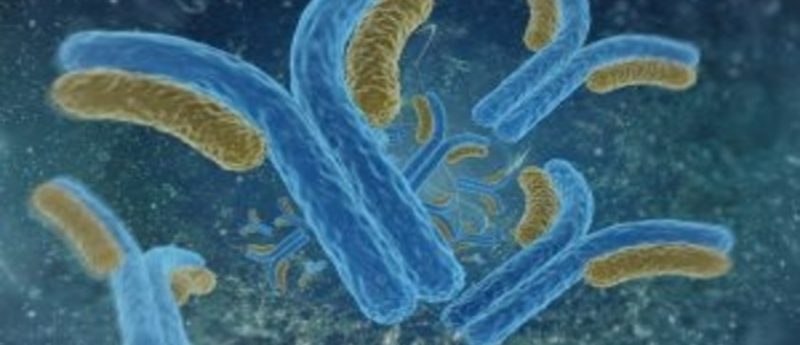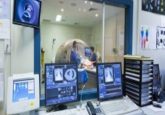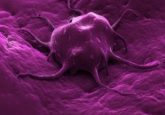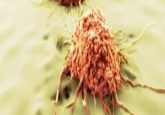Conjugate therapy shows promise in killing acute lymphoblastic leukemia cells

Researchers from UC Davis Comprehensive Cancer Center and Ionis Pharmaceuticals (both CA, USA) have developed a new conjugate treatment, which uses monoclonal antibodies to deliver antisense DNA to acute lymphoblastic leukemia (ALL) cells.
These anti-CD22 antibody–antisense conjugates have shown promise in animal models and have less toxic side effects than currently used treatment methods.
ALL describes a disease where the bone marrow produces excessive numbers of immature lymphocytes. It is the leading type of childhood cancer and while treatment options are available, many patients suffer late or long-term side effects such as heart problems and infertility.
Current antisense technology has great therapeutic potential, using antisense oligonucleotides that bind to messenger RNA and subsequently prevent protein production. However, problems have arisen in efforts to get this genetic material inside target cells.
In this current study, researchers attached MXD3-inhibiting antisense DNA to an antibody that binds to the ALL protein receptor CD22. Once bound, the conjugate antisense oligonucleotide enters the cell and inhibits the production of anti-apoptotic MXD3 – a protein that helps cells survive.
The conjugate therapy was tested both in vitro and in xenograft mouse models. In the animal studies, the results demonstrated significantly longer survival rates in the treatment group compared with the control.
It is also thought this conjugate is safer than current treatments. “You really don’t want to destroy hematopoietic stem cells because then you have to do a stem cell transplant, which is an extremely intensive therapy,” commented investigator Noriko Satake (UC Davis Comprehensive Cancer Center). “Our novel conjugate is designed so that it does not harm hair, eyes, heart, kidneys or other types of cells.
While the results from this study show promise in ALL, further studies need to be conducted to determine the exact mechanism of treatment and its potential in combination with other therapies. “You can see this as proof of principle,” noted Satake. “You could switch the target and substitute the antibody, which could be used to treat other cancers or even other diseases.”



